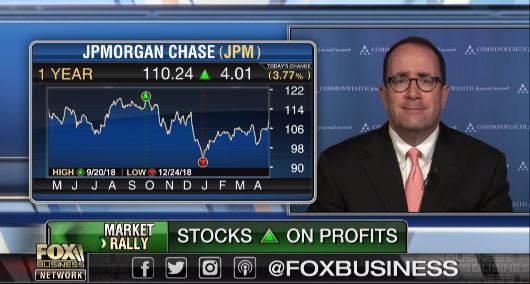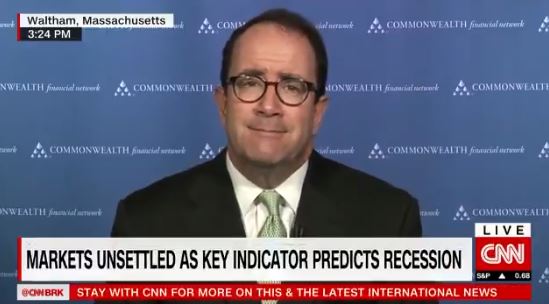I enjoy what I do. As an economic and market analyst, I get to play the most complicated and highest-stakes game there is—and get paid for it. Plus, I have the chance to spend quite a bit of time looking at, and thinking about, a wide range of data about pretty much everything. As such, there are a lot of ideas floating around that I flag and plan to come back to at some point.















